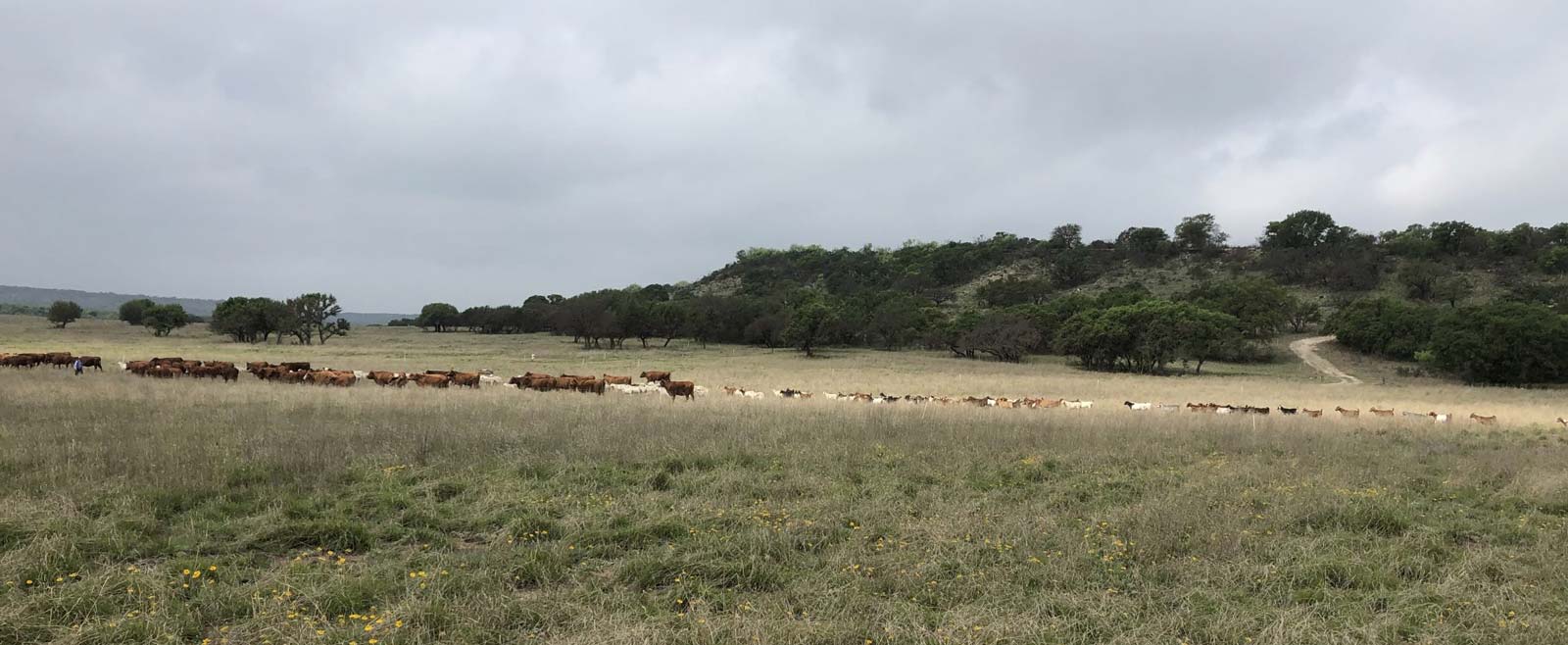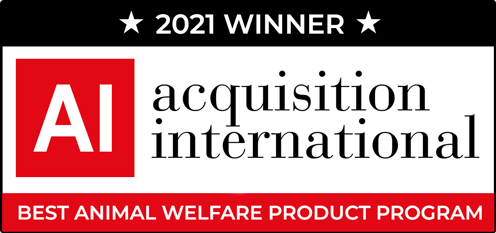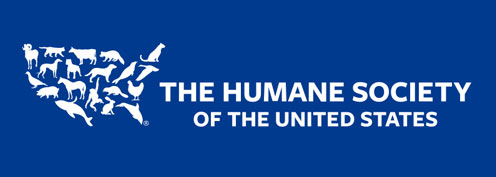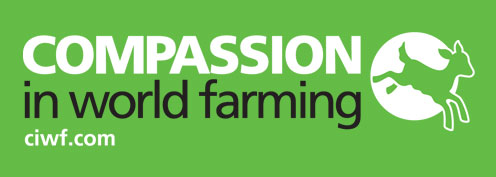
G.A.P.’s farm animal welfare standards include the maintenance of vegetative cover for our Outdoor Access (Step 3), Pasture Raised (Step 4), Animal Centered (Step 5), and Life on Farm (Step 5+) certification levels. These requirements are audited on every farm every 15 months to ensure that our animal welfare standards are being properly implemented and maintained. It’s one thing to read the standard and see that “75% of vegetative cover must be maintained”, but it’s another to experience how farmers and ranchers actually maintain these levels month-in and month-out. That’s what our stories behind #GAPFarmLife are all about. This time we’re taking you to Texas, on one of Grassfed Livestock Alliance’s ranches.
It’s a simple field, full of grasses, shrubs and forbs. It seems expansive and never-ending with only trees and the occasional hill hiding the horizon. Grazing animals dot the landscape in the distance, content with the abundant vegetation around them. As tranquil as this simple field seems, its health and vitality require not only the presence of the animals grazing, but also the removal of those animals.
The large group of animals that are currently occupying the field graze contentedly, harvesting the very best forages. They are able to eat the best this field has to offer because they get moved to a new and fresh spot every day. As the land sustains the animals, providing them food and shelter; the animals sustain the land, returning nutrients to the soil. To maintain this relationship, it is important for the field to be rested for a period, preventing degradation of vegetation that can occur if overgrazed.
In this spot in the Northwest Hill Country of Texas, it would seem that approaching ATVs would disrupt the peace, but their arrival has little effect. These are no joy-riders tearing around the terrain for their own pleasure. They are there to work, using the most efficient vehicle for that work. As the four-wheeler rolls to a stop, it not only carries a person, but fencing materials. It’s time to move!

Quickly the fence is strung, and the animals are on the move, seeming to know what they are doing and where they are going. They are almost lazy as they head for the small 15-foot break in the fence, looking unworried as they are followed by the ATVs. It appears orchestrated, but in reality, it is evidence of good planning, proper tools, and effective stockmanship. It also doesn’t hurt to have the reward of new and delicious food on the other side of the fence, enticing the cattle through.

Finally, the animals are gone, off to fresher, greener pastures. They will be back, but not before the field is rested, allowing the vegetation to replenish itself. And with only a couple of four-wheelers, some fencing, and good management, this ecological dance is possible.
Like this post? Let us know! To keep up-to-date with more animal welfare posts like this, follow #GAPFarmLife on social media (including Instagram and Facebook)!











